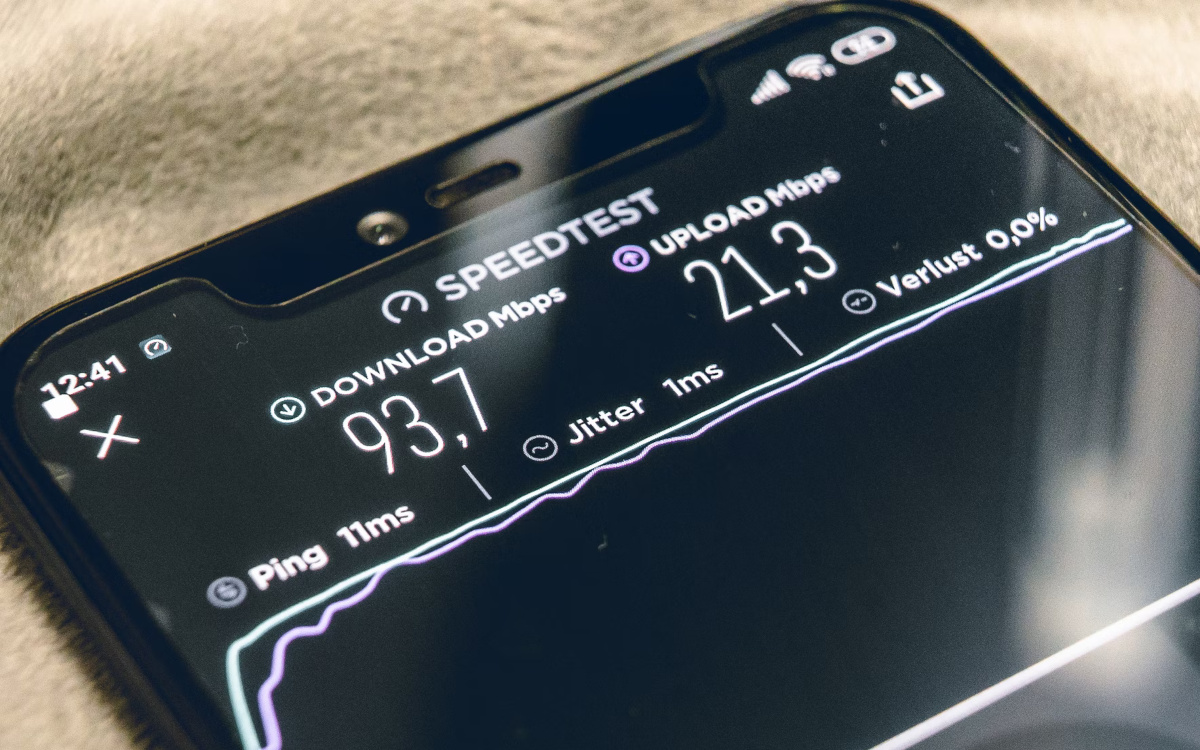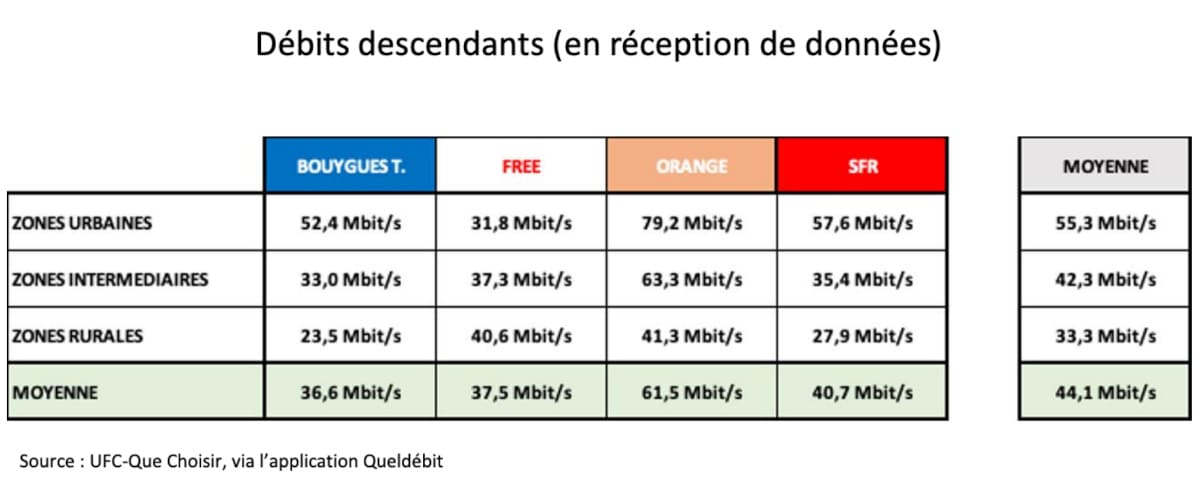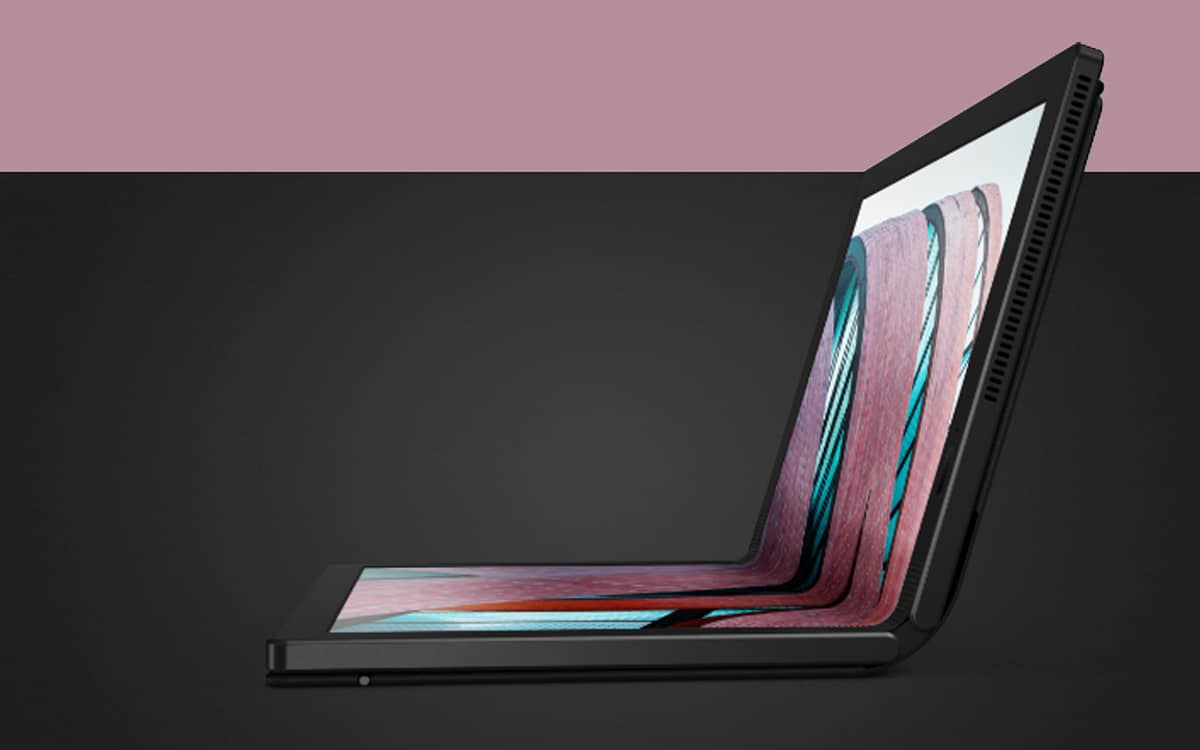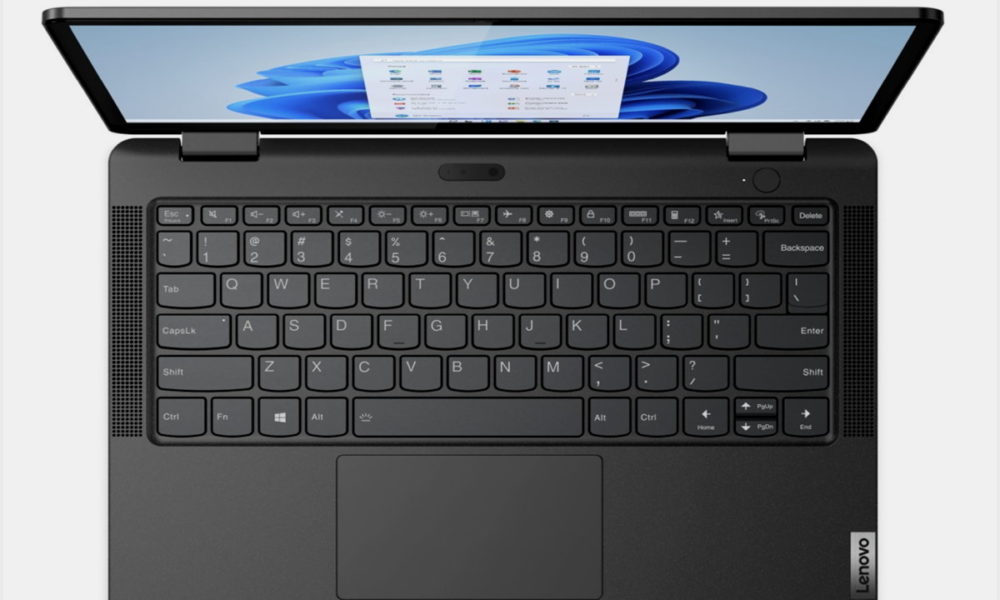
UFC-Que Choisir denounces a digital divide between urban and rural areas. The association analyzed 5 million 4G speed readings in all French regions. 25% of 4G connections in France do not offer good conditions for connecting to the Internet. A figure that rises to 32% in rural areas. The average throughput is 40% lower there. And all operators are concerned except Free.
We reported yesterday in our columns that the digital divide is still very present in France, while the State and the operators ensure that they invest considerably for the connection of all to fixed and mobile broadband networks. A study by INSEE explains that 7% of French people do not have an Internet connection, whether in ADSL, optical fiber or on a smartphone. INSEE does not reveal if these French people choose not to equip themselves or if they are simply not eligible.
Read also – Free offers the fastest broadband internet connection in France according to nPerf
UFC-Que Choisir partly answers this question. The association confirms that there is a strong digital divide between rural and urban areas. She analyzed millions of debit statements made by users. And she relied on it to reveal which operator offers the best mobile network in France in 2021. It is Orange, unsurprisingly, followed by SFR. Free and Bouygues Telecom share last place: sometimes the first is ahead of the other, otherwise it’s the opposite.
A quarter of 4G Internet connections are of poor quality
In this study, we also learned that the speeds of operators can change completely between two geographical areas. That there are disparities, we expected. But the numbers show a reduction of 40% on average between a 4G connection established in town and another in the countryside. This is an average across all carriers. For each network, the differences are different. At Orange and SFR, the difference is on average 48%. At Bouygues Telecom, she is 55%. And at Free, a good surprise: the average in urban areas is lower than in rural areas.
In a press release, UFC-Que Choisir adds that the percentage of poor 4G connections is still very high, even though the networks have been on the market for 10 years. 25% of connections do not reach 8 Mb/s, speed judged by the government as “good mobile broadband”. A figure that rises to 32% in rural areas. And 14.3% do not reach 3 Mb/s, which the association considers to be the minimum to enjoy the Internet decently.
The digital divide is intensifying with 5G
This therefore proves that the digital divide exists in France. And 5G will not provide any answer to this problem. Indeed, operators invest mainly in the most populated areas in order to sign as many subscriptions as possible. And this can be seen at the level of the recorded speeds which average from 42.3 Mb/s to 234.1 Mb/s in urban areas. That is a multiplication by 5. On the other hand, in rural areas, 5G is almost absent, with a simple increase of 50% in speeds. ” 5G really benefits areas where 4G is already the most qualitative “says the association. A fracture that also exists of course in fiber optics.




